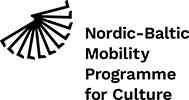PLANTS INTELLIGENCE
RIXC Art Science Festival 2025
When
October 16–18, 2025
Exhibition: October 16–November 23, 2025
Where
Riga, Latvia
Kim? Contemporary Art Centre / RIXC Gallery / Art Academy of Latvia
ABOUT
This year, Riga-based RIXC Center for New Media Culture celebrates its 25th anniversary. Since its founding, local collaboration and international networking have been at the heart of RIXC’s development. In this spirit, the 2025 festival is created together with key partners from Latvia, the Baltic-Nordic region, Europe, and world-wide.
This year’s leading theme, Plants Intelligence, is shaped in close collaboration with RIXC’s distinguished partners —
the Basel-based research team of the Swiss National Science Foundation (SNSF)-funded project Plants_Intelligence. Learning Like a Plant of the Institute Art Gender Nature HGK Basel FHNW, which over the past four years has investigated how plant 'thinking' and vegetal intelligence can inspire new methods, knowledge, and aesthetic approaches in both lifestyle change and the arts.
EVENTS
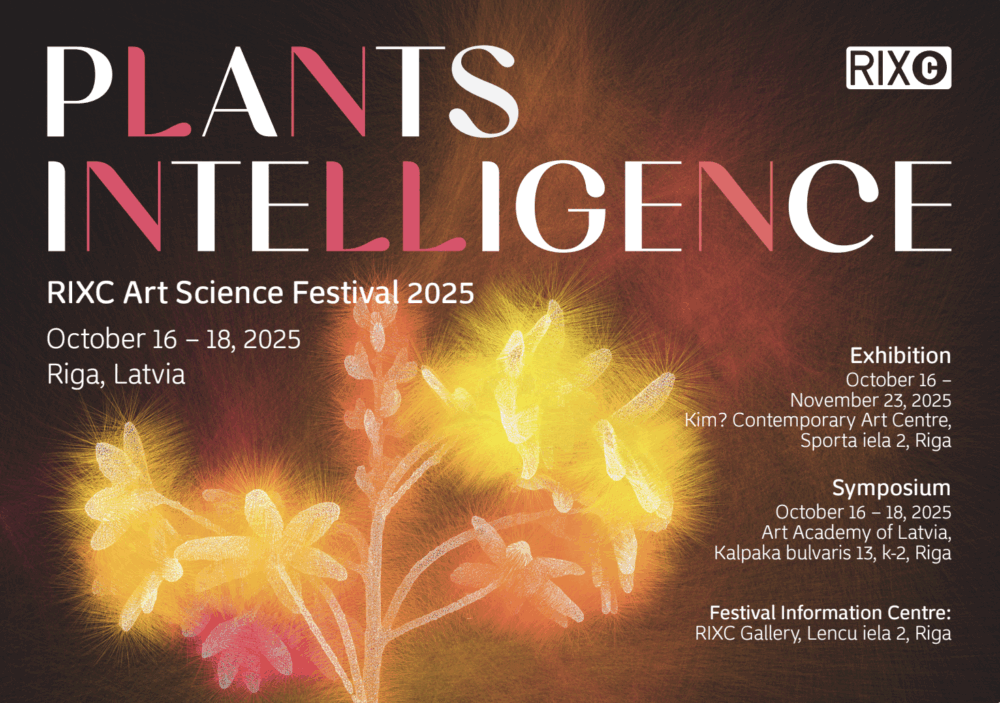
,
Festival exhibition artists: Uģis ALBIŅŠ (LV), Ursula BIEMANN (CH), Felipe CASTELBLANCO (CO/CH), Karine BONNEVAL (FR), Gints GABRĀNS, Arnis RĪTUPS (LV), KAHN & SELESNICK (FR/US), Julia MENSCH (AR/CH), Marc LEE (CH), Ayënan Quinchoa JUAJIBIOY (CO), Rasa SMITE, Raitis SMITS (LV), Bo ZHENG (CN)
Curators: Yvonne VOLKART (CH), Raitis SMITS (LV)
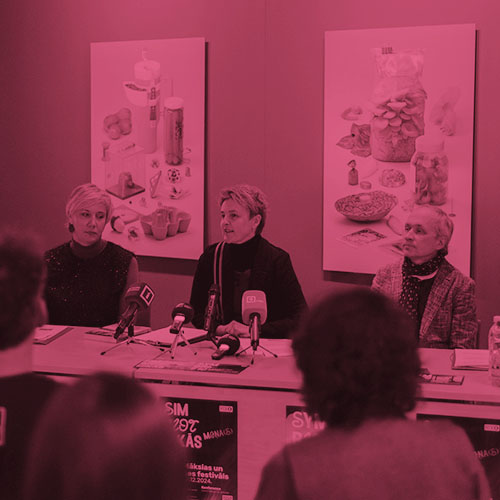
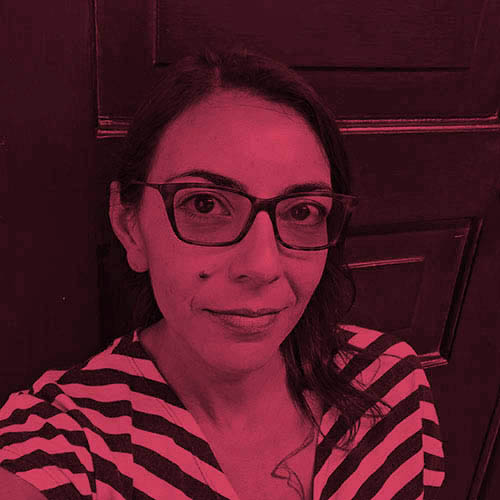
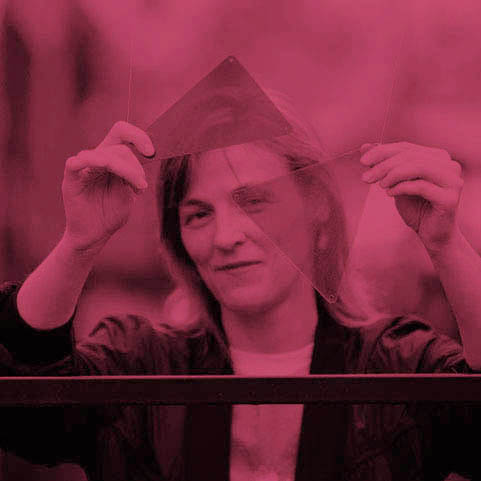
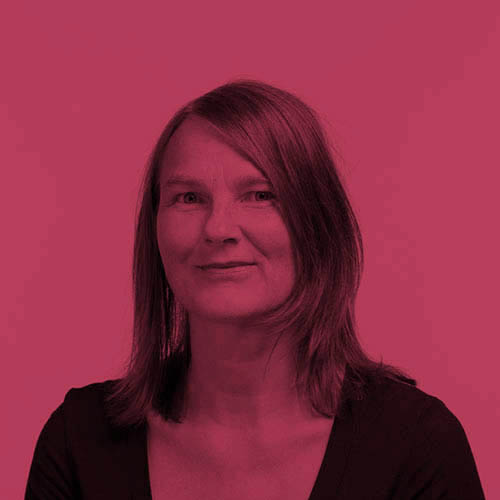
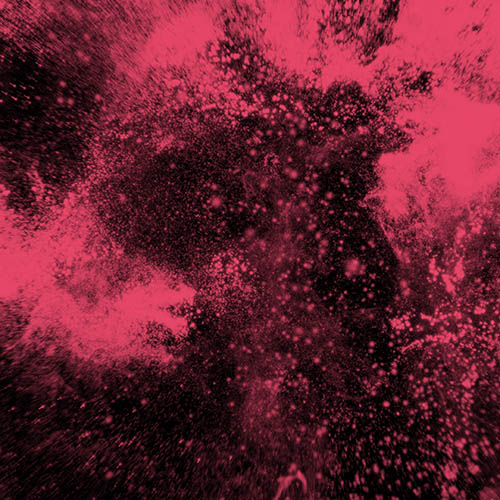


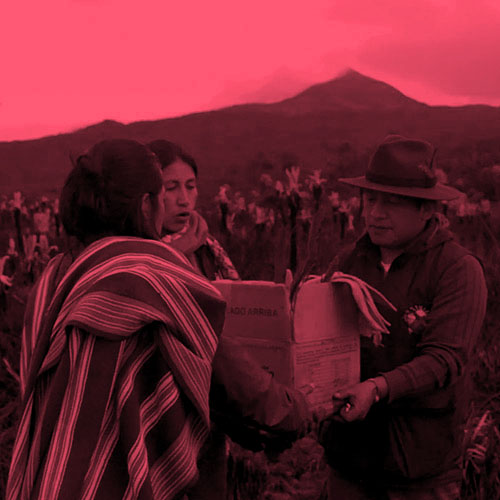





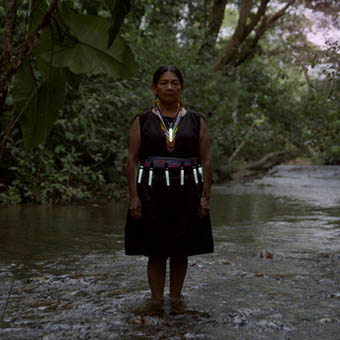
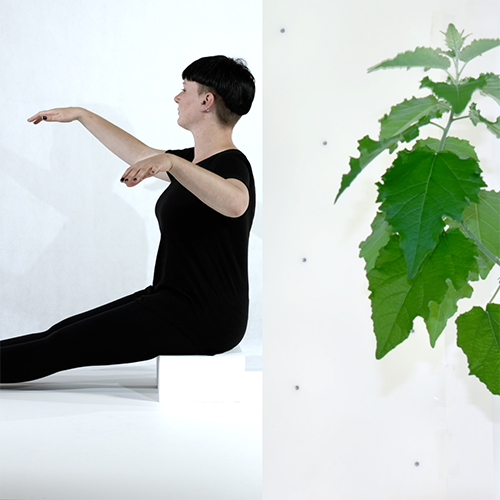
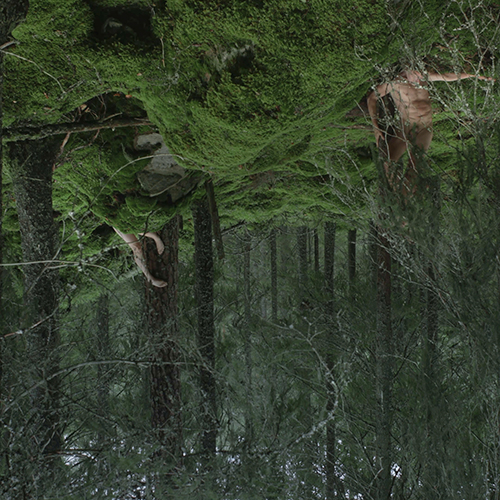


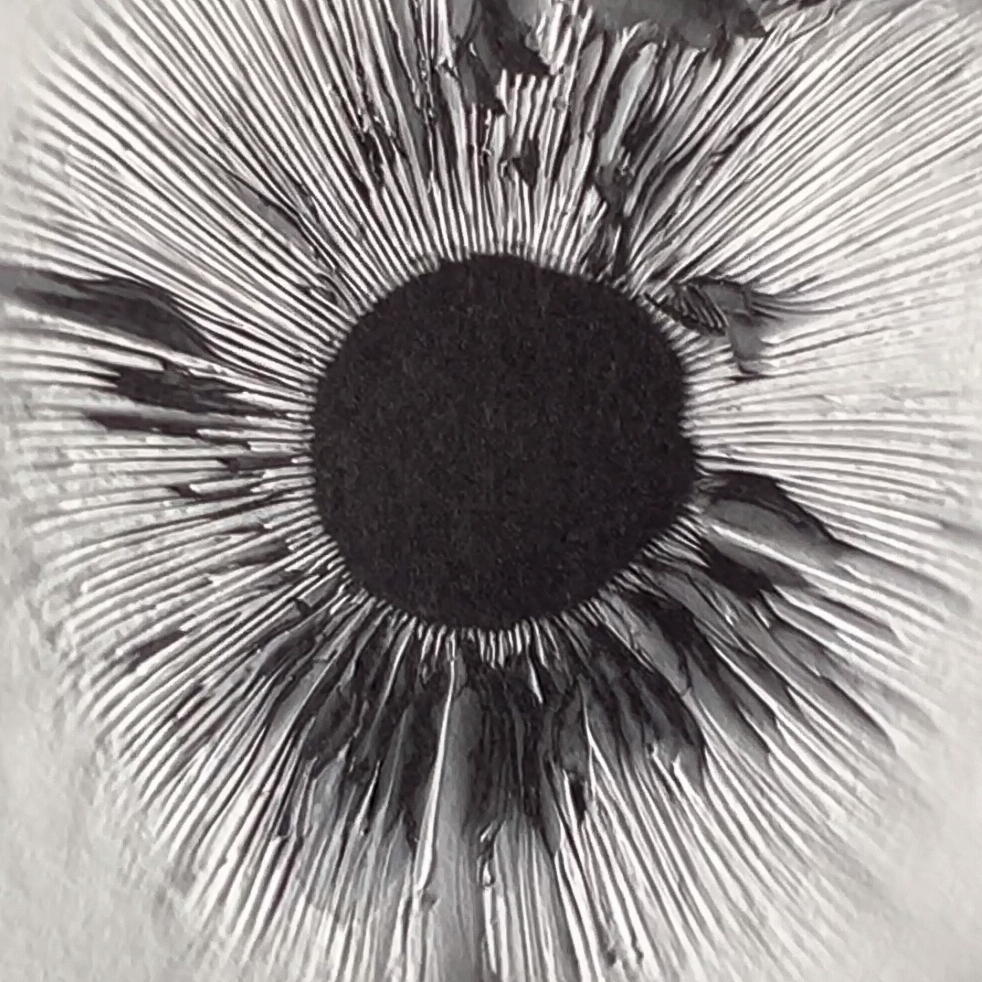





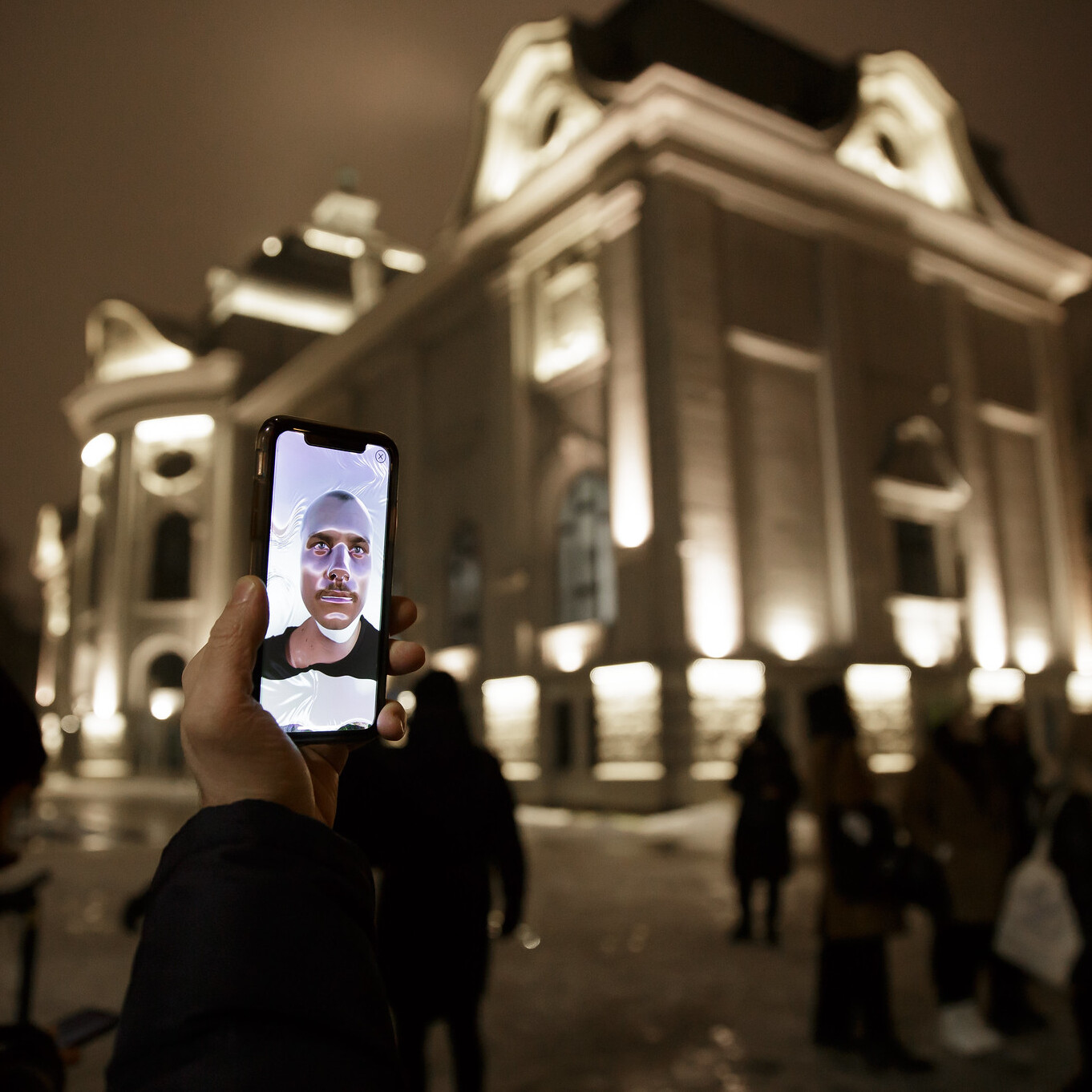
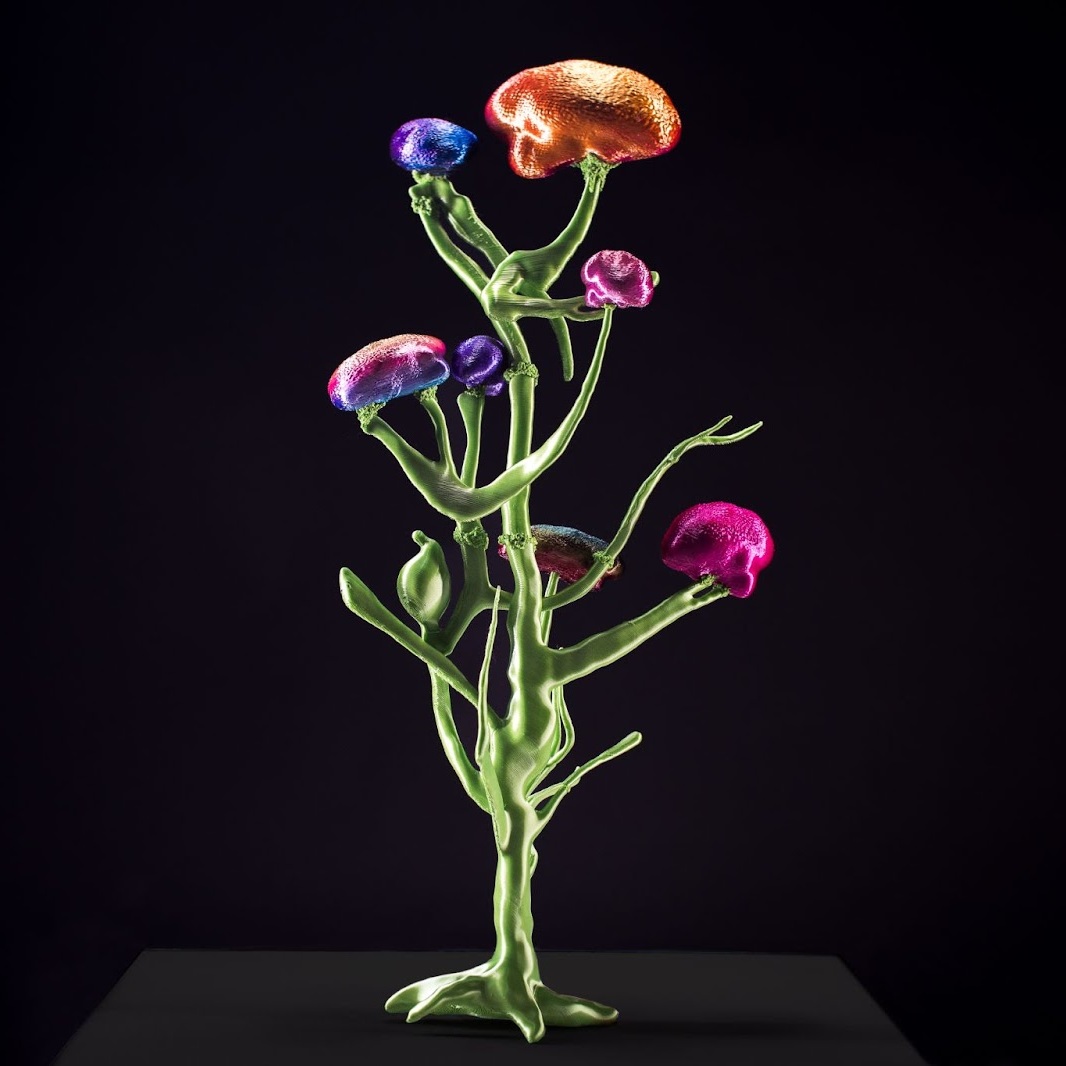






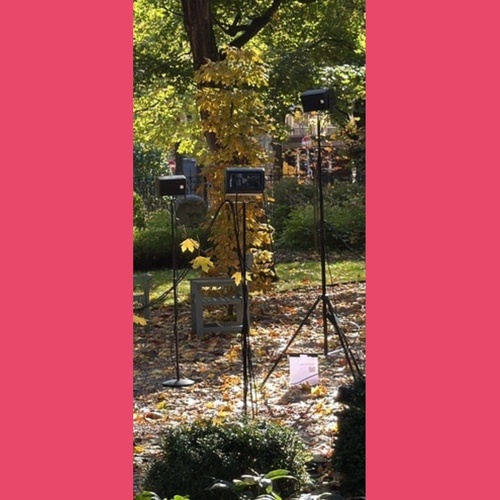


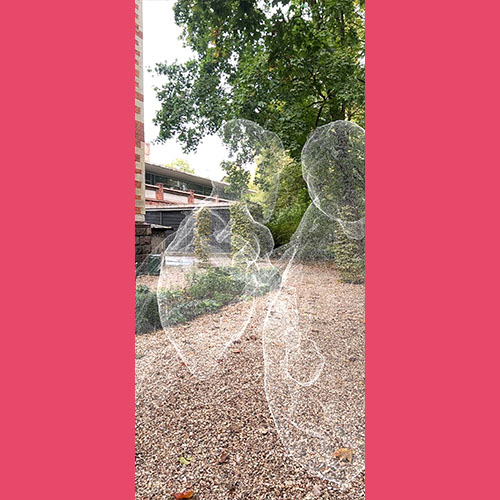
Testimonials
PROGRAMME
EEST, UTC +3, CEST+1
NB! The time zone below is Riga time / EEST - Eastern European Summer Time (UCT +3)
please use http://time.is to double-check your time zone
Press Conference
VENUE: Kim? Contemporary Art Centre, Sporta iela 2 / Zoom
Symposium Registration
Opening of Interactive Installation Māja by Marylou PETOT (FR) /
Resonances of Nature
VENUE: Art Academy of Latvia, Kalpaka bulvāris 13, K2 building (entrance from the courtyard)
Opening Keynotes
Noelia BILLI (AR). Open-Air Laboratory - Argentina's Case. An Approach from the Perspective of Plant Aesthetics
Jana KUKAINE (LV). Plant Turn and Feral Feminisms
VENUE: Art Academy of Latvia, Kalpaka bulvāris 13, K2 / Zoom
Festival Exhibition Public Opening
Artists: Uģis ALBIŅŠ (LV), Ursula BIEMANN (CH), Felipe CASTELBLANCO (CO/CH), Karine BONNEVAL (FR), Gints GABRĀNS (LV), Arnis RĪTUPS (LV), KAHN & SELESNICK (FR/US), Julia MENSCH (AR/CH), Marc LEE (CH), Ayënan QUINCHOA JUAJIBIOY (CO), Rasa SMITE (LV), Raitis SMITS (LV), Bo ZHENG (CN)
Curators: Yvonne VOLKART (CH), Raitis SMITS (LV)
VENUE: Kim? Contemporary Art Centre, Sporta iela 2
Day 1: Symposium
Panel 1: Plants Intelligence (Research)
Felipe CASTELBLANCO (CO/CH), Julia MENSCH (AR/CH), Rasa SMITE (LV)
VENUE: Art Academy of Latvia, Kalpaka bulvāris 13, k2 / Zoom
Julia MENSCH. Amaranth as Political Agent
My project explores the intelligence, affect and political agency of Amaranth, based on fieldwork in Argentina and my close relation with this vegetal being. The context of my research is the implementation of the neo-extractivist model of transgenic agriculture in Argentina since 1996, when the first GM crop was released for commercialization in Latin America: the 40-3-2 Roundup Ready soybean from Monsanto (now Bayer) resistant to glyphosate. I understand this model as a continuation of the terricide that began with Spanish colonization, and it exacerbates the role imposed on Latin America as an exporter of Nature since 1492.
Amaranth is a native plant of the Americas. Its seeds were preserved by nature and indigenous peoples despite Spanish colonizers’ prohibition, and today it is the most widespread glyphosate-resistant weed, covering over 25 million hectares. It resists not only glyphosate but most of the agro-toxins used in transgenic agriculture. Also known as kiwicha, aroma, and colorado, amaranth may well be, as Dr. Andrés Carrasco called it, America’s revenge.
Julia Mensch is a Swiss-Argentinean visual artist who develops an interdisciplinary artistic practice grounded in deep territorial research , exploring socio-environmental conflicts and the legacy of colonialism in Latin America. She studied in Hito Steyer’s class at the UdK Berlin and at the National University of Art in Buenos Aires. Currently, she is a Doctoral Candidate at the Institute Art Gender Nature at HGK Basel FHNW and Bauhaus University Weimar. She has participated in numerous international residencies and exhibitions, including Savvy Contemporary and NGBK (Berlin), Museo Nacional de Grabado (Buenos Aires), Shedhalle (Zürich), Kunsthalle Appenzell, Art Biennial Sesc_Videobrasil (São Paulo), and BienalSur (Buenos Aires). Her work has been supported by the Senate of Berlin/DE, Pro Helvetia/CH, Amt für Kultur Appenzell Ausserrhoden/CH, Schlesinger Stiftung/CH, DAAD/DE, Robert Bosch Foundation/DE, Fondo Nacional de las Artes/AR, among others. Julia is a member of the Plants_Intelligence Team.
Panel 2: Plants Intelligence (Exhibition)
Ursula BIEMANN (CH), Marc LEE (CH), Karine BONNEVAL (FR),
Nicholas KAHN (US/FR)
VENUE: Art Academy of Latvia, Kalpaka bulvāris 13, k2 / Zoom
Marc LEE. Imagining a Future Where AI Balance Our Ecosystem
We are interested in the concept of what would happen if an AI could manage an ecosystem. If an AI has the power to have symbiotic relationships with an ecosystem, what kind of result would it produce? And what could this look and sound like?
For that we created the Mobile App “Speculative Evolution” (https://marclee.io/en/evo). Background: Due to the threatening predictions of species extinction and global warming, scientists and farmers are increasingly relying on technologies such as genetic engineering, synthetic biology and machine learning. Speculative Evolution imagines a speculative ecosystem 30 years from now, where artificial intelligence and biotechnologies work together to create and optimize species to withstand the increasingly hostile environment. From the perspective of an AI simulator, the audience is invited to create new variations of animals, fungi, plants, and robots, fly with these engineered and mutated species, and observe the changing ecosystem. Speculative Evolution responds to the trend of technology-assisted solution-making by constructing narratives of an uncomputable system under extreme control – what do we optimize, and what are we ignoring as a result? The project aims to inspect our tendency to simplify complex ecosystems by treating nature as a system that can be fixed.
Marc Lee is a Swiss artist. He focuses on real-time processed, computer programmed audiovisual installations, AR, VR and mobile apps. He critically reflects creative, cultural, social, ecological, political and speculative aspects. His work has been shown in major Museums and new media art exhibitions including: New Museum New York, ZKM Karlsruhe, MMCA Seoul, ISEA Gwangju and Paris, Transmediale Berlin, Ars Electronica Linz https://marclee.io
Vertimus
Explores the shared perception of movement, gravity, and transformation between humans and plants. Created in collaboration with French tree ecophysiologist Éric Badel, the project question how living beings sense and adapt to their environment.
Inspired by philosopher Michael Marder and the Latin verb vertere — “to turn, to transform” — Vertimus (we turn, we transform) proposes an ongoing metamorphosis between species.
We will examine how plants perceive wind, light, and gravity, revealing forms of consciousness, especially proprioception — a bodily awareness once thought to belong only to animals.
In dialogue with scientific experiments on gravitropism and perception, a young poplar’s movement becomes a slow choreography mirrored by dancer Émilie Pouzet, creating a duet across different temporalities. Visitors are also invited to experience this shared equilibrium physically, through interactive structures that challenge their sense of balance and orientation.
Drawing on the thought of Emanuele Coccia, Vertimus invites us to experience coexistence with the vegetal world — to feel, in our own bodies, that to become with plants is to embrace transformation itself.
Karine Bonneval’s (born in 1970 in La Rochelle, France) transdisciplinary practice proposes alternative ecologies for breathing, moving, and listening with the plant world. Fascinated by the interactions between humans and their environment, she draws on botanical, animal and human forms as a repertoire of references that she reinterprets and hybridises through processes combining craftsmanship and new technologies.
By intertwining popular and scientific cultures in her works, she invites humans to embrace phytomorphism — to share time and experience with plants, engaging in a dialogue with air, soil, and gravity. Her exploration of vegetal life and its environments leads her to develop rhizomatic projects that bring together people from diverse fields: scientists, botanists, gardeners, cooks, and local inhabitants of the places where she is invited to create.
In collaboration with research teams, her projects seek new ways of interacting with the living world. These include partnerships with: Institut Diversité, Écologie et Évolution du Vivant, NeuroPsi, Université Paris-Saclay / INRAe PIAF, Clermont-Ferrand / LASIRE, Université de Lille / LadHyX, CNRS–École Polytechnique / Rillig Lab, Freie Universität Berlin / Soil and Crops Science Section, Cornell University, USA. After graduating from the École Nationale Supérieure des Beaux-Arts d’Angoulême and the École Supérieure des Arts Décoratifs de Strasbourg, Karine Bonneval has exhibited her work in France (Nuit Blanche / Domaine de Chaumont-sur-Loire / Micro-Onde / La Maréchalerie / La Graineterie / Le Transpalette…), Germany (Perspektive Grant / Botanical Museum Berlin), Latvia (Latvian Museum of Art), Denmark (ARoS Contemporary Art Museum), the United States (Cornell Experimental Gallery), Argentina (Centro Cultural Recoleta), and Sri Lanka (Cinnamon Colomboscope). Together with scientist Éric Badel (INRAe PIAF) and Studio Décalé, she received the Fondation Carasso “Composer les savoirs” grant in 2019. She was awarded the Grantham
Nicholas KAHN and Richard SELESNICK. The Green-Man Mind: Folklore, Vegetal Cognition, and Ecological Imagination
Plants have long been relegated to the background of human culture, viewed as passive matter rather than active agents. Yet recent research in plant science and philosophy suggests otherwise: plants sense, communicate, adapt, and remember, exhibiting forms of intelligence that challenge anthropocentric definitions of thought. In parallel, folklore and art have carried a more enduring recognition of vegetal agency through the figure of the Green-Man—the leaf-faced hybrid carved into medieval cathedrals, symbol of regeneration, and reminder of the porous boundary between human and plant.
This talk brings these two threads together, examining how the collaborative art practice of Kahn & Selesnick reanimates the Green-Man as a figure for contemporary ecological imagination. Through staged photographs, masquerades, and mythic narratives, the duo situate the Green-Man in post-industrial and climate-stricken landscapes, where his leafy visage becomes both elegiac witness and comic survivalist. In doing so, their work makes visible a form of vegetal cognition not in the laboratory but in cultural imagination: intelligence understood as slow, distributed, and ecological. By reading the Green-Man through both science and folklore, this presentation asks how art can help us think with plants—and what it means to recognize a more-than-human mind.
Nicholas Kahn and Richard Selesnick are a collaborative artist duo who, for over three decades, have built an expansive body of work blending photography, sculpture, drawing, and fiction. Working together since meeting at Washington University in St. Louis in the 1980s, they create elaborate mythologies and parallel worlds populated by enigmatic characters, hybrid beings, and invented rituals. Their projects often unfold as pseudo-historical archives or environmental fables, using allegory and masquerade to address contemporary ecological concerns. Kahn currently lives and gardens in Morlaix, Brittany, France and Selesnick in Kingston, New York.
Kahn & Selesnick’s imagery has been exhibited internationally, with works held in the permanent collections of institutions including the Smithsonian American Art Museum, the Museum of Fine Arts in Houston, and the Brooklyn Museum. Their practice draws deeply on art history, folklore, and literature, while reimagining photography as a stage for narrative speculation. Recent projects have explored climate change, post-industrial landscapes, and the figure of the green-man as a mediator between human and vegetal life. Through humor, beauty, and uncanny invention, their art invites viewers to inhabit worlds both haunting and strangely hopeful.
Ursula BIEMANN. Forest as a Field of Mind
Forest Mind is an artistic research project that investigates the intelligence and metaphysics of plants through a dialogue between Indigenous cosmologies and Western science. The video work emerges from my long-term collaboration with the Inga people of Colombia’s Amazon on the creation of an Indigenous University — a multispecies, biocultural project where knowledge is rooted in territory itself. Drawing on insights from shamanic practices around the master plant Yagé (Ayahuasca) and on collaborations with ETH Zurich in the field of DNA research, Forest Mind explores how vegetal intelligence manifests through chemical, cognitive, and visual forms. The project connects visionary knowledge with biotechnological image-making, encoding sound, image, and seed into DNA as a meditation on life as information. By tracing these intersections, Forest Mind highlights the importance of epistemic diversity in our engagement with knowledge, nature, and ways of knowing.
Ursula Biemann is a Swiss artist and author based in Zurich whose practice centres on fieldwork, often in Indigenous territories, and the creation of networks between different fields of knowledge. Her work explores the political ecologies of forests, oil, and water, reflecting on extraction while proposing ecocentric and epistemically diverse approaches to knowledge and relationality. In projects such as Forest Mind, she investigates plant intelligence and the interconnection of all life, bridging Indigenous cosmologies, shamanic practices, and scientific research to rethink communication, cognition, and the ethics of knowing. Biemann recently had solo exhibitions at MAMAC in Nice, MUAC in Mexico City, and MQ Freiraum in Vienna. She published the online monograph Becoming Earth, reflecting on ten years of ecological video works, and the book Forest Mind – On the Interconnection of All Life with Spector Books.
Keynote Panel
Yvonne VOLKART (CH). Plant Intelligence – Towards a Vegetal Aesthetics. In conversation with Bo ZHENG (CN) (joining online)
VENUE: Art Academy of Latvia, Kalpaka bulvāris 13, k2 / Zoom
Resonances of Nature
Klimaton Performances by Adnan SOFTIĆ (DE), Nina SOFTIĆ (DE), Normal Babyy (Elza Auguste ZĪVERTE & Kristofers KNESIS) (LV) and Thies MYNTHER (DE)
VENUE: Art Academy of Latvia, Kalpaka bulvāris 13, k2
Day 2: Symposium
Panel 3: Resonances of Nature
Marylou PETOT (FR), Adnan SOFTIĆ (DE), Rasa SMITE (LV)
VENUE: Art Academy of Latvia, Kalpaka bulvāris 13, k2 / Zoom
Panel 4: Symbiotic Futures
Mari-Liis REBANE (EE), Timo TOOTS (EE), Mindaugas GAPŠEVIČIUS (LT), Kristina ZAKUTAUSKAITE (LT), Kristin BERGAUST (NO), Margrét ÓLAFSDÓTTIR (IS), Sissel THASTUM & Line THASTUM (DK) (online), Ronja TAMMENPÄÄ (FI)
VENUE: Art Academy of Latvia, Kalpaka bulvāris 13, k2 / Zoom
Isop – a Danish artist duo and organisation working with relationship between humans and
other sentient- and non-sentient beings.
Isop is a Danish artist duo and organisation consisting of Sissel and Line Thastum. We
thematically work with the present global ecological crises and human understanding of and
relationship to nature and other sentient- and non-sentient beings, through the interplay
between the written word, photography, installation and video.We actively use our media to
create artworks as well as workshops and events in dialogue with the surrounding
community. Since 2013 we have created group residencies, master classes, exhibitions,
symposiums, book publications, network, seminars and workshops in Denmark and
internationally. As artists working for a paradigm shift in the way humans affects the planet,
we follow practical sustainable principles in our work in all areas and we aim to inspire other
art and cultural projects to do the same.
Our latest art project “Kin” focuses on the interaction between species – human and more-
than-human in a deep time and holistic perspective through installations, photography and
poetry. The project amongst other things contain images of cyanobacteria, lichen, moss,
nettle, cod and human blood, created by using a scientific biocrystallisation
technique. https://www.isop.nu/kin-1
We currently work full time with the project "Art and Nature with Children and Young People
in Focus". We work with children and young people through sensory presence in nature
combined with artistic creative expression through poetry, photography, etc. At the same
time, the project focuses on the state of nature and how we as humans can live more
sustainably.
Sissel Thastum (b.1987)
MFA, Trondheim Academy of Fine Arts, Norway, 2020. BFA Documentary Photography,
Newport University, South Wales, 2014. Photo school Fatamorgana, 2010–2011.
Sissel Thastum is a visual artist working with photography, video and sound.
Line Thastum (b.1959)
BA Human Ecology, Aalborg University, Denmark, Green Guide, Diploma program – Danish
Environmental Protection Agency, Education in organic farming – The Organic Farming school,
Adult pedagogical basic education, Silkeborg Seminarium. Line Thastum is a text
writer and poet, human ecologist, sustainability coordinator and communicator.
Institutio Media: from individual inquiry to socially engaged action
Mindaugas Gapševičius, Tūla Kristina
Institutio Media is a non-disciplinary art and research organization. Founded in 1998, it
originally aimed to translate the concept of an academic institution into the digital realm
and to explore the potential of the Internet as a space for knowledge production and
exchange.
Much has changed since its inception. Today, Institutio Media focuses on fostering creative
experimentation, advancing artistic research, and providing a platform for testing and
developing new ideas. In 2019, the organization established a biolab for non-disciplinary
research, offering an environment that supports experimentation and exchange across
multiple levels—from individual inquiry to socially engaged action.
Mindaugas Gapševičius delves into the intricate dynamics between non-human entities
and human creativity, while also examining humanity’s impact on the environment. He
completed his MA studies at the Vilnius Academy of Arts in 1999, followed by earning an
MPhil from Goldsmiths University of London in 2016, and defending his PhD thesis at
Bauhaus University Weimar in 2022.
Tūla Kristina is a machine learning engineer in private sector. Her previous experience
involves scientific modelling on open quantum systems in Vilnius University and working
as a videographer. She has been engaged in interdisciplinary project curation with Alt Lab
since 2021. She is interested in connections between scientific ideas, art, documentary and activism.

lab for non-disciplinary research. Photo: Andrej Vasilenko
Symbiotic Cities: SensUs XR Art Guided Tour
Presentations by Jane TINGLEY (CA) & Roberta BUIANI (CA), Chiayi CHEN (TW) (online), Isabella MUNNICH (DE), Jurģis PETERS (LV), followed by guided tour to sound experiences by Krista DINTERE (LV), Ivo TAURIŅŠ (LV), and XR/AR artwork showcases by Anna MANANKINA (UA/DE), Yuchin CHEN (TW), Mu TUAN (TW) and Rodolphe MACABÉO (FR), Oleksandr SIROUS (UA) and others.
VENUE: Art Academy of Latvia, Kalpaka bulvāris 13, K2 and the Garden of Art Academy
Chia-Yi Chen. Fissured Vision: The Collection and Translation of Memory Landscapes
Fissured Vision: The Collection and Translation of Memory Landscapes is an art research project that continues artist Chia-Yi Chen’s long-term artistic practice, scheduled to be executed at RIXC next year (2026).
Chen Chia-Yi’s creative core is a long-standing focus on the ambiguous “fissures” and “boundaries” between civilization and nature. She adopts Fieldwork as her methodology, utilizing AR (Augmented Reality) and image-based spatial installations as hybrid media. Through this, she explores “fragmented memory” and “co-existence” in landscapes across international sites, including Taipei, Tainan, Berlin, and Korea. Her work aims to prove that the relationship between artificial and natural environments is not oppositional, but one of continuous mutual penetration and reshaping amidst change.
The project aims to extend this “Fissure” concept to RIXC, Latvia. Chen will conduct on-site observation in Riga, treating the city as a site of history and transformation. Her focus will be on the “co-existence state” of nature and the urban environment, specifically seeking corresponding “natural fissure” symbols.
During the residency, she plans to utilize RIXC’s expertise in environmental data visualization to articulate and visualize this relationship. This plan includes: AR Natural Landscape Overlay.
This project seeks to initiate a profound dialogue through technology, aiming to construct a multi-dimensional “Fissured Vision” in the viewer’s perception.
Chia-Yi Chen is a New Media and installation artist based in Taipei, Taiwan. She received her Master’s degree in New Media Arts from the National Taiwan University of Arts in 2019.
Her practice is grounded in on-site environmental fieldwork, exploring the subtle relationship between human activity, the environment, and temporality. She specializes in combining AR, image-based spatial installations, and found objects to transform objectively collected images into narratives of subjective consciousness. Her work consistently seeks the fluid “boundary” between civilization and nature, using “fissures” as entry points for dialogue between personal emotion and social change.
Chen has an extensive international residency background, including the prestigious Künstlerhaus Bethanien Residency in Berlin (2024) and residency experiences in Korea and Tainan. She is the recipient of numerous awards, including the “ART FUTURE PRIZE Asian New Star Award – First Prize.” Her works are held in the collection of the Taiwan Museum of Art.
Parallel Workshops
(1) Resonances of Nature: Klimaton Instrument Workshop by Adnan SOFTIĆ (DE)
Please register HERE (places are limited)
(2) Symbiotic Futures: SensUs Art Platform (Baltic-Nordic Extended Network Meeting)
VENUES: (1) Art Academy of Latvia, Kalpaka bulvāris 13, k2; (2) RIXC Gallery, Lenču iela 2
Film Screenings and Performances
Felipe CASTELBLACO “Borrachero Dreams” (2025, 12 min.), “Inverted Oasis Part 1” (2025, 13:00 min), “Rio Arriba” (2021, 14:00 min), Julia MENSCH “Kiwicha” (performance-lecture, 18 min) and Sofía VIOLA in cooperation with Julia MENSCH (video-song, 5 min), Ñambi Rimai Pan Amazon Media Collective “Burning of the Páramo in the Quillacinga Territory” (Quemas de Páramo en el Pueblo Quillacinga) (2022, 11 min).
Please register via Eventbrite (entrance free, places are limited / Zoom link will be sent after registration).
VENUE: Art Academy of Latvia, Kalpaka bulvāris 13, k2
REGISTRATION
Early Bird Registration is open until September 30, 2025.
RIXC Center for New Media Culture – 25 Years!
All events · Free admission
Onsite seats limited
Zoom link sent after registration
Register HERE!
SUPPORT
Interested in becoming a sponsor? CONTACT US
LOCATIONS
Venues
Kim? Contemporary Art Centre
Press Conference, Plants Intelligence Exhibition
Sporta iela 2, Riga
Art Academy of Latvia, K2 building (entrance from the courtyard)
Keynotes, Symposium, Performances, Klimaton Workshop, Film Screenings
Kalpaka bulvāris 13, Riga
RIXC Center & Gallery
Festival Info Center, Transition Ecologies Exhibition, Symbiotic Futures Meeting/Workshop
Lenču iela 2, Riga









